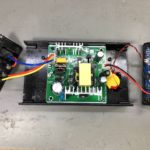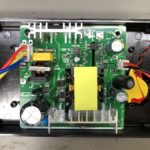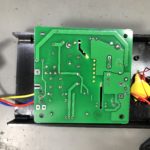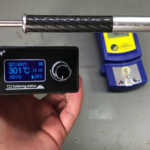The real limitation for this small module to output the claimed 24W for longer periods of time is temperature. There is not enough thermal dissipation happening with this small pcb. Having a bigger pcb with more copper layers would help and it would probably allow this module to output continuously and prevent the TI controller chip from going into thermal overload. Even so I was impressed that running it into thermal protection several times did not do any damage the chip recovered on it’s own each time and no magic smoke escaped during these tests.
So all of this considered, this is probably one of the best dc-dc boost converter modules I got from China so far and I would recommend getting one of these if the specs meet your needs.







